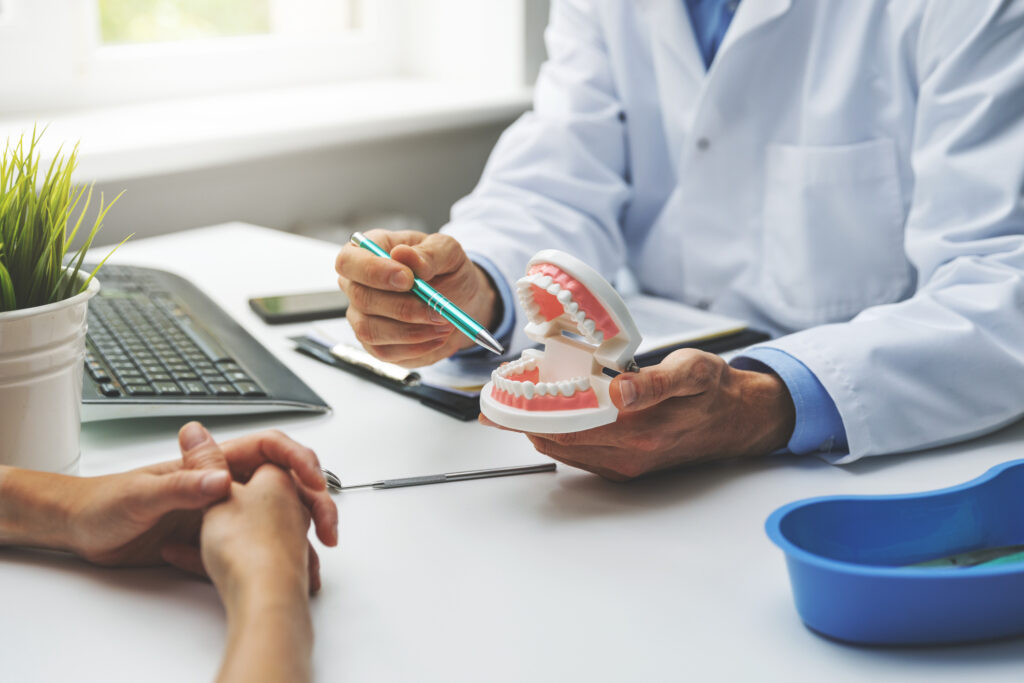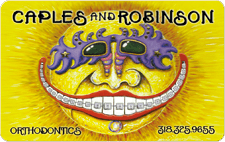
Braces don’t have to keep you from living an active lifestyle. Many people who are undergoing orthodontic treatment regularly participate in intramural and school sports. Some treatment options like Invisalign can be safely worn through physical activity. Metal braces, however, present a unique challenge. Fortunately, there are mouth guards designed to be worn over your braces to protect them and allow you to participate.
What Are Orthodontic Mouth guards?
Orthodontic mouth guards can help protect your braces and teeth. They are made from a high-strength silicone and are custom-fitted for the shape of your mouth. They also take your brackets and wires into account for a comfortable fit. Orthodontic mouth guards feature rubber flanges that fit under your lips to keep them in place. This way, they’re not too tight against your gums and won’t catch on your brackets.
Things To Consider
Talk with your child’s coach to find out the specifics of team and league insurance. Some sports and teams require double mouth guards: one for the upper teeth and one for the lower teeth.
When you’re getting fitted for your custom mouthguard, we’ll ensure the mouth guard fits properly to maximize your comfort and protection.
Your mouthguard will have to be adjusted over time. Most orthodontic guards are easily adjusted by your orthodontist to accommodate the shifting in your teeth. Having our orthodontist in 71201 handle both your guard and your braces helps to keep everything working together.
Modern mouth guards can be made to fit over braces, ensuring that those who wear them can continue to participate in the sports they love. Our team can keep you from worrying about your braces getting damaged and your treatment being disrupted. To find out more about orthodontic mouth guards and how they can work for you, contact our orthodontics office in Monroe, LA today.














